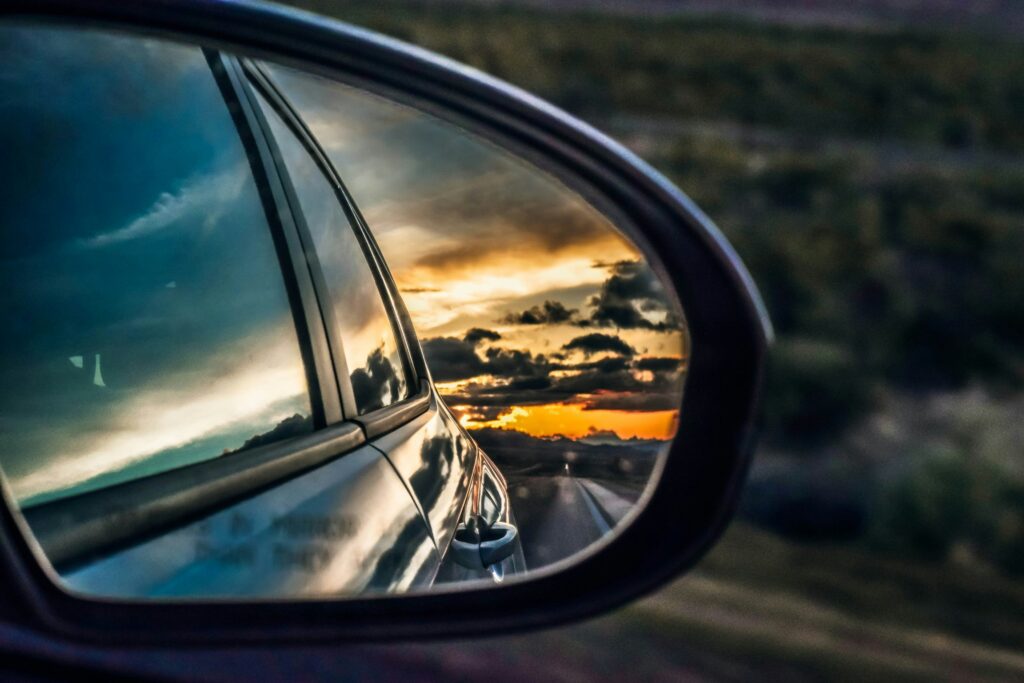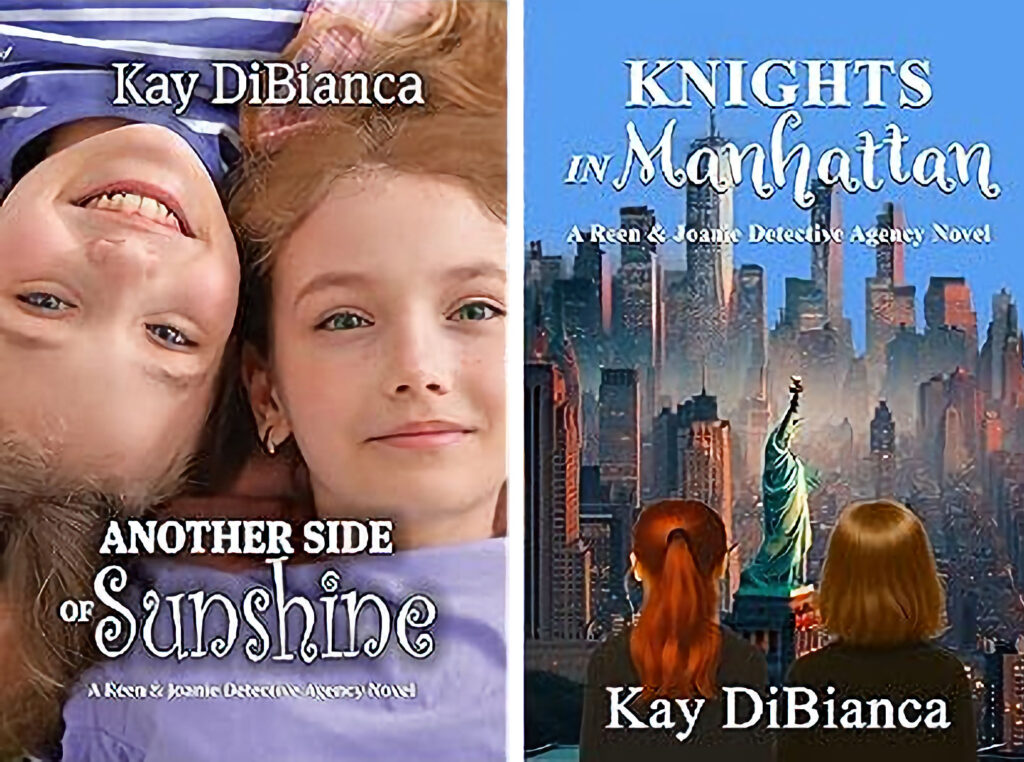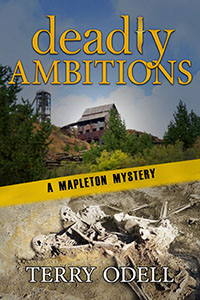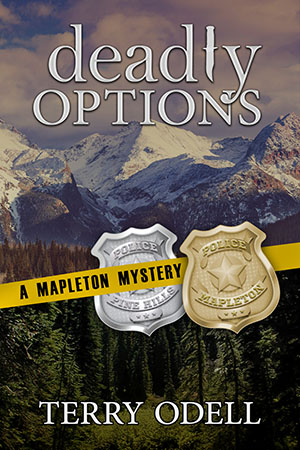The Latest in Marketing Ploys
Terry Odell
I’m sure we’ve all seen requests to feature our books hitting our inboxes, often several a day. Until recently, they’ve been straightforward, like this one:
I’m a content creator (not a marketer) who helps authors bring their books to life through cinematic trailers—whether it’s fantasy, romance, thriller, or memoir.
I’ve had the chance to read your book, and it truly resonated with me.
New release or backlist, a powerful visual hook can instantly boost engagement and reach.
I’ve created trailers that connect deeply with readers and stand out across platforms.
Happy to send a few samples so you can see the quality firsthand.
Let’s chat and explore how we can make your story unforgettable.
Note that it says “read your book.” No mention of which one. Sometimes they do pick a book from our publication list, sometimes, like the one above, they just say “a book.”
Others want to “help you sell” your book. They go on to tell you where they’ll promote it, and how many followers or subscribers they’ll reach.
If I’m in a snarky mood, sometimes, I’ll reply with a “You want to feature my book? Go ahead. You have my permission” as if I didn’t realize (gasp) that I had to pay for the service. These all end up trashed.
Most recently, I got one via the Author’s Guild that starts out “Dear Great Author.”
Yeah, right. I’m going to hire you when you don’t know who I am. Not.
My website says “I’d love to hear from you,” and I do try to respond. When this email hit my inbox, it seemed legit.
Hi Terry,
I came across your book CRUISING UNDERCOVER and after reading the synopsis, it truly caught my attention.
I’m a big book lover and was curious to ask, what inspired you to write it?
I answered his question (it came from and was signed by a person’s name, not a company), and got this response (copied and pasted; typos are his)
Yes sure its enjoyable
You can feel it in the book — that it came from somewhere deep.
It’s not just a story. It feels like a message that needed to be heard.
If you don’t mind me asking, did you write it more for yourself, or for someone else to finally get it?
Still sounded enough like a reader to offer another answer, albeit a brief one. And then … the real reason he sent the message:
This is actually the kind of work I do. I help authors like you give their book more life after it’s published — so more readers actually feel what you wrote.
There are a few simple ways to do that:
I can help you get Goodreads reviews (which link to Amazon)
Create a short, powerful book trailer
Improve your Amazon listing so it stands out
Build your social media or help you launch the book properly
Even make you a clean author website or help with email marketing
You don’t need everything — just whatever feels right to you.
Would any of that help right now?
Off to the trash with you!
That one was initiated by a person, with some generic but potentially believable comments about the book/my writing. But lately, things have taken a different turn. These solicitors are using AI to make it sound as though they’ve actually read the book, and they’re pulling people in. Are they scammers? Or just misleading the people they’re targeting? Or is there a difference?
I’ve had my share of these, and they’re increasing.
There was this one:
Subject line: Truly Inspired By Your Work.
Hello there,
I hope this message finds you well. I recently came across your work while doing some research, and I have to say—it immediately drew me in. Your story resonated with me on a deep level, and I truly admire the incredible effort and creativity behind it.
I’d love to know—what first inspired you to start writing? Also, are there any upcoming releases or current projects you’re excited about? I’m really looking forward to following your journey and staying connected to your work.
Thank you for sharing your voice with the world.
Julian Creativity
The signature and the lack of a specific book reference were enough for me to send this straight to trash.
One of the groups I belong to has a thread of people reporting how their no-longer-active Instagram accounts have been scraped for solicitations. Others are getting emails that are up front about their goal—get you to pay for their services, but they are getting far more personal.
Some examples from friends willing to share:
I just finished reading about The Smiling Dog Café and felt like I’d stepped into something quietly magical one of those rare places where story, heart, and healing intersect. The blend of grounded human grief and otherworldly comfort, paired with canine intuition and coffee that stirs memory, is a truly special formula. This is the kind of book that readers discover and share because it speaks to something deep, universal, and comforting.
I’m Elijah, a book marketer specializing in indie authors who tell stories with soul. I’d love to help amplify the reach of The Smiling Dog Café through a campaign that honors its tenderness while putting it in front of the exact readers who will embrace it.
The recipient did pay for this service, and did get some reviews, but he reported “Several reviews followed quickly, all of them sounding like they were written by AI, and from reviewers with only one or two reviews under their belt.”
Another friend shared this with me:
Reading Return to Hoffman Grove felt like stepping into the messy, tender terrain of old friendships, unspoken regrets, and the quiet bravery it takes to begin again. You’ve written more than a romance. This is a deeply human story of emotional reckoning, healing, and the powerful grip of the past.
What stood out to me most is how honestly you portray the layers between Cinda and Brody. Their bond is more than romantic; it’s threaded with loyalty, betrayal, and the kind of childhood closeness that never quite lets go. The way you let their tension simmer beneath every interaction makes their slow reconciliation all the more rewarding. And Cinda’s emotional arc, especially her instinct to go it alone, even when she’s surrounded by people who care feels true to life and beautifully nuanced.
But Return to Hoffman Grove isn’t just about relationships. You weave in mystery and quiet suspense with a deft hand. The house fire, the mounting threats, and Brody’s unraveling career all add urgency and depth without ever distracting from the emotional core. It’s that balance of plot and heart, of past and present that makes this story so compelling.
This was followed with a plug for the sender’s company, with the offer of a ‘snapshot’ of what they could provide, which turned out to be quotes for 3 levels of service, ranging from $150 to $400 on Goodreads Listopia lists.
My friend didn’t bother responding.
What about you, TKZers? Any of you being hit by these AI generated marketing ploys as well as the ‘old-fashioned ones? Do you respond? Have you tried any with good results?
New! Find me at Substack with Writings and Wanderings
 Danger Abroad
Danger Abroad
When breaking family ties is the only option.
Madison Westfield has information that could short-circuit her politician father’s campaign for governor. But he’s family. Although he was a father more in word than deed, she changes her identity and leaves the country rather than blow the whistle.
Blackthorne, Inc. taps Security and Investigations staffer, Logan Bolt, to track down Madison Westfield. When he finds her in the Faroe Islands, her story doesn’t match the one her father told Blackthorne. The investigation assignment quickly switches to personal protection for Madison.
Soon, they’re involved with a drug ring and a kidnapping attempt. Will working together put them in more danger? Can a budding relationship survive the dangers they encounter?
Available now.
 Like bang for your buck? I have a new Triple-D Ranch bundle. All four novels for one low price. One stop shopping here.
Like bang for your buck? I have a new Triple-D Ranch bundle. All four novels for one low price. One stop shopping here.
 Terry Odell is an award-winning author of Mystery and Romantic Suspense, although she prefers to think of them all as “Mysteries with Relationships.”
Terry Odell is an award-winning author of Mystery and Romantic Suspense, although she prefers to think of them all as “Mysteries with Relationships.”























